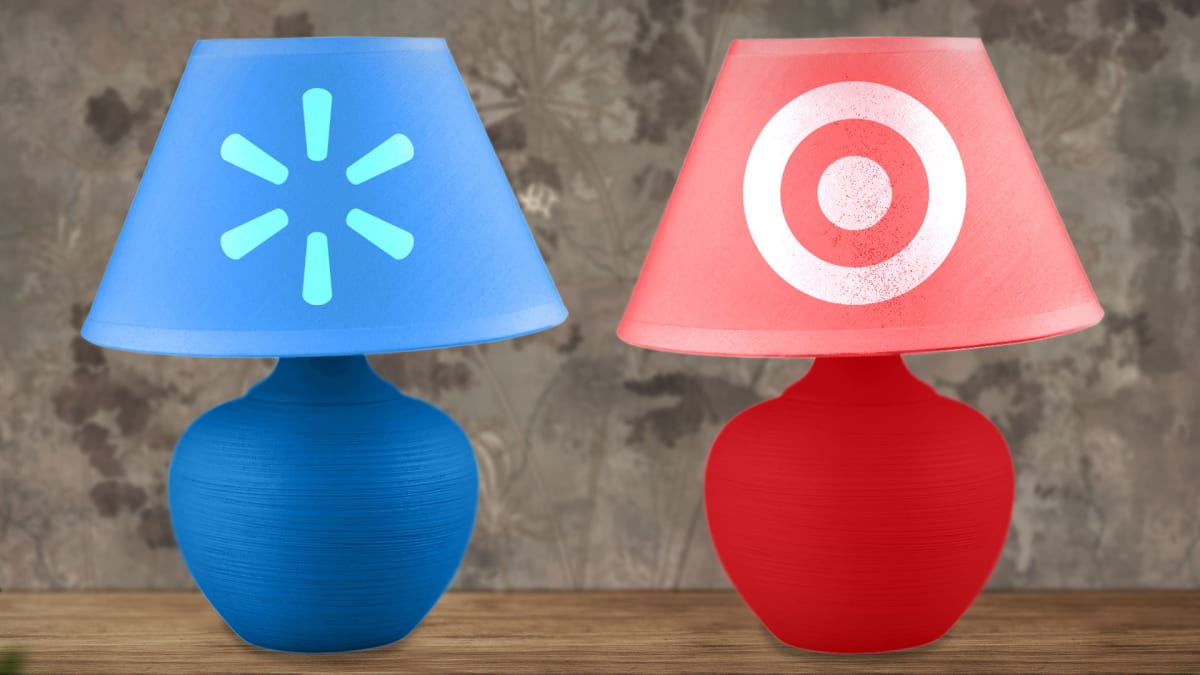
In the race to dominate last mile deliveries, Walmart Stores Inc. (WMT) and Target Corporation (TGT) are opting for decidedly different routes. (Yes, all transportation puns are deliberate.)
Walmart, the nation’s largest grocery chain, is leaning harder into partnership with the Spark Driver platform, an Uber-like service that allows independent drivers to deliver online orders from stores and warehouses to people’s homes. The retailer tripled its number of pickup points to 15,000 in fiscal year 2023 from 5,000 the prior year.
DON'T MISS: Tesla Rival's Electric SUV Now on Sale at US Dealers
Meanwhile, Target has heavily invested in its last mile capabilities. In 2017, the retailer paid $550 million to acquire Shipt, a company which also deploys contractors to personally shop and deliver food from Target stores on the same day. Shipt also delivers from CVS, OfficeMax, and Sephora.
With e-commerce sales booming, Walmart and Target are chasing consumers wherever they may be.
“For retailers, ensuring a smooth and satisfactory last mile delivery — the final leg of the journey where a product lands in a consumer’s hands — is more significant than ever,” according to a report by Capgemini Research Institute.
So which retailer has the upper hand?
Brute force vs. quality and experience
In many ways, Spark and Shipt reflect Walmart and Target’s historically contrasting strategies.
Walmart has always adopted a brute force approach to retailing: overwhelm competitors with size and speed. Quickly open more stores, grab more market share, sell more stuff. The retailer cares more about volume than aesthetics.
In that case, Spark has provided Walmart with instant scale and reach. The company says the platform reaches 84% of American households.
Walmart does not publicly disclose sales from Spark deliveries. But the company recently reported that store-fulfilled delivery sales have tripled over the past three years.
The retailer now generates $1 billion of such sales a month, “which gives you an indication of why we're so excited about the progress here,” Walmart chief financial officer John Rainey recently told analysts.
Target, on the other hand, tends to focus on quality and experience, whether the retailer talks about design, merchandising, and marketing. By acquiring Shipt, Target can exert more control over the company's operations. Shipt's current CEO is Kamau Witherspoon, who previously served as Target's senior vice president of operations.
“Beyond its remarkable same-day delivery network and operation, Shipt brings a differentiated, customer-focused approach,” chief operating officer John Mulligan previously said. “That’s when we knew it was the right fit—they’re completely in line with Target’s commitment to delivering a convenient, exceptional experience for our guests.”
Target said same day services, which include Shipt and Drive-Up and Pick Up store curbside services, generated nearly $11 billion in sales last year, or 10% of total sales of $109 billion.
Target’s strategy is perhaps an attempt to solve a vexing challenge with last mile delivery services: they stink. Delays, incorrect/incomplete orders, and high prices are frequent problems.
Overall, last mile delivery services earned a Net Promoter Score (NPS) of negative 9, according to a survey by the Capgemini Research Institute. A NPS score ranks how willing a customer will recommend a product or service to another person. The scoring range is usually -100 to 100.
“As expectations increase, we find that many consumers are dissatisfied with their current last-mile experience,” the report said.
Looking beyond the last mile
In any case, Walmart and Target must look beyond the last mile. Such services eat into profit margins and both retailers are likely losing a lot of money on them.
Capgemini estimates that last mile services account for 41% of total supply chain costs, more than double than any other type of costs, including warehousing and parceling.
The group studied a last mile delivery firm, which it did not name, and determined that the service cost the company an average of $10.10 per order while the customer only pays an average of $8.08.
For Walmart and Target, the only way to make last mile delivery services work is not only to grab more customers but also get them to spend more and do it more frequently.
And that depends on literally delivering what they promise.
In large metropolitan areas, 51% of satisfied customers expect to receive deliveries multiple times a week versus just 16% for dissatisfied consumers, the Capgemini survey said. And 74% of satisfied customers said they would increase purchase levels by 12% with their preferred retailer.
“A great last-mile delivery service that delights consumers will go a long way towards attracting and retaining customers,” the report said.







